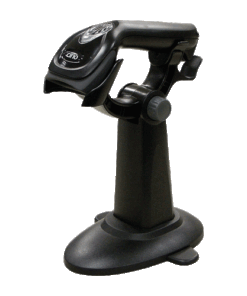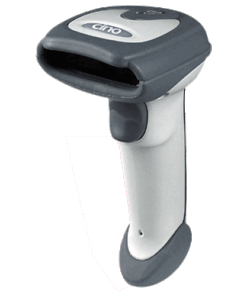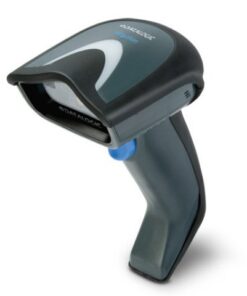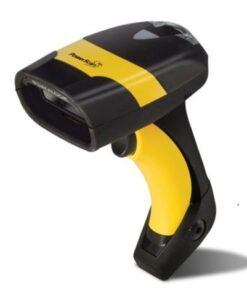A linear barcode scanner, also known as a 1D barcode scanner, is a type of barcode scanner specifically designed to read traditional one-dimensional barcodes. These barcodes consist of a series of parallel lines and spaces of varying widths that encode alphanumeric characters, such as numbers, letters, or special symbols.
Linear barcode scanners typically use a laser beam to scan across the barcode, detecting the varying levels of light reflected back from the black bars and white spaces. The scanner then interprets this pattern of light and dark regions to decode the encoded information into readable characters.
These scanners are commonly used in retail environments for tasks such as point-of-sale transactions, inventory management, and tracking goods through the supply chain. They are also used in industries such as healthcare, manufacturing, and logistics for various tracking and identification purposes.
While linear barcode scanners are effective for reading traditional 1D barcodes like UPC, EAN, and Code 39, they cannot read 2D barcodes like QR codes or DataMatrix codes. For reading these types of barcodes, a 2D imaging barcode scanner is required.











